Mung Beans and Spinach – Mung Fagioli el Verdura
As its Italian name suggests, this dish is a light, nourishing, and easy-to-digest preparation, ideal for breaking a fast—especially on new and full moon days.
A Healing Inspiration
This recipe is inspired by Khichdi, an ancient Ayurvedic dish made with mung dal, traditionally used to cleanse and rejuvenate the body. Highly nutritious and gentle on digestion, Khichdi is known for its ability to restore vitality. In Ayurveda, some people are even advised to eat mung dal exclusively for a week or more—as the vegetarian equivalent of chicken soup for healing and recovery.
A Gentle Cleanse
Every four months, it’s beneficial to reset the body with a cleanse, depending on your lifestyle and diet. Alternatively, practicing a mono-diet for a single day each month—such as eating only mung dal for breakfast and lunch, followed by a light vegetable soup for early supper—can do wonders for overall well-being.
Nutritional Powerhouse
Mung beans, with their green outer layer and tiny yellow interior, are among the most alkaline legumes. They are often sold split and yellow in stores. Soaking them overnight not only improves digestion but also speeds up cooking. As they swell and sprout, their nutritional value multiplies.
Comforting & Nourishing
Though primarily a cleansing dish, mung dal is also comforting and creamy. Adding a touch of coconut milk at the end of cooking transforms it into pure soul food. Try it—I’m sure you’ll love this dish! Read on to discover how to make it.
Mung Fagioli el Verdura
Health Benefits: Mung beans are among the healthiest legumes, featuring a low glycemic index which makes them safe for diabetics. They are rich in alkaline minerals such as calcium, magnesium, potassium, and sodium, as well as vitamin C, carbohydrates, proteins, and dietary fiber. From an Ayurvedic perspective, mung dal is traditionally used to cleanse and detoxify the body. Uniquely, it is both nourishing for the tissues and immune system, thanks to its inherent sweetness, while remaining light and easy to digest. This sweetness also helps soothe and calm the body, promoting peace, clarity, and contentment.
Ingredients
- 17.6 oz / 500 grams mung beans
- 4 large layers of fennel bulbs, sliced and sautéed
- 2 thumb-sized pieces of ginger, grated
- 2 large carrots, cubed
- 2 medium zucchinis, cubed (optional)
- 6 baby radishes, finely diced (reserve the greens)
- 2 handfuls of greens (e.g., baby spinach or baby kale)
- 2 handfuls of coriander (stems and leaves, finely chopped)
- Juice of 1 large lime or lemon
- 1 large lime or lemon, cut into wedges for serving
- 2 cups of extra water (to achieve a soupy consistency; note: water is listed solely for texture adjustment)
- 1 tablespoon coconut oil (or non-vegan ghee)
- Salt to taste (approximately 2 large pinches of sea salt or 1 tablespoon Tamari)
- 1 teaspoon freshly crushed black pepper
- 1 tablespoon freshly ground cumin powder
- 1 tablespoon turmeric powder
- 1 teaspoon freshly ground coriander seeds
- 1 teaspoon whole coriander seeds
- 6 cardamom pods, crushed
- 10 pieces of fresh curry leaves
- 1 fresh green chili, to taste (optional)
- 1 cup coconut milk
Instructions
Soak the mung beans in a large pot or bowl for at least 6 hours or overnight, noting that they will swell and nearly double in size.
Drain and rinse the beans, then add fresh water and cook for about 30 minutes or until soft.
In a large deep frying pan over medium heat, dry fry the spices for about 1 minute, stirring continuously to enhance their fragrance and prevent burning.
If you prefer a spicier dish, add the grated ginger and diced green chili at this point.
Add coconut oil or ghee to the pan and sauté the fennel bulbs until they are soft and lightly browned, stirring occasionally.
Next, sauté the harder vegetables by adding the carrots and kale, then season with salt, freshly crushed black pepper, and the remaining spices.
Combine the sautéed vegetables and spices with the cooked mung dal, stirring well.
Allow the mixture to simmer with the lid on for 3 to 5 minutes over medium heat.
If a soupy consistency is desired, add extra water as needed.
Stir frequently to prevent burning at the bottom of the pan.
Once the dal is nearly done, stir in the chopped coriander, reserved radish greens, and coconut milk.
Finish by serving with a squeeze of lime or lemon juice, if desired.
Nutrition
-
320.0 Calories
-
45.0g Carbohydrates
-
0.0mg Cholesterol
-
10.0g Fat
-
10.0g Fiber
-
15.0g Protein
-
300.0mg Sodium
-
0.0g Trans fat
Notes
For the best flavor, use organic and natural ingredients wherever possible.

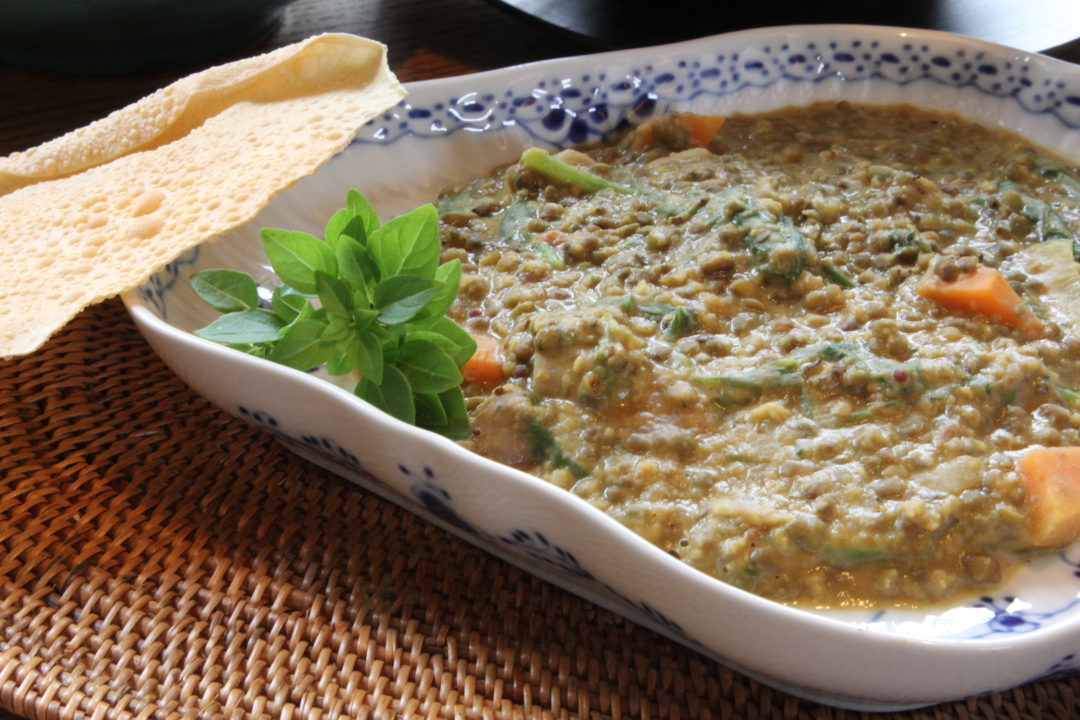
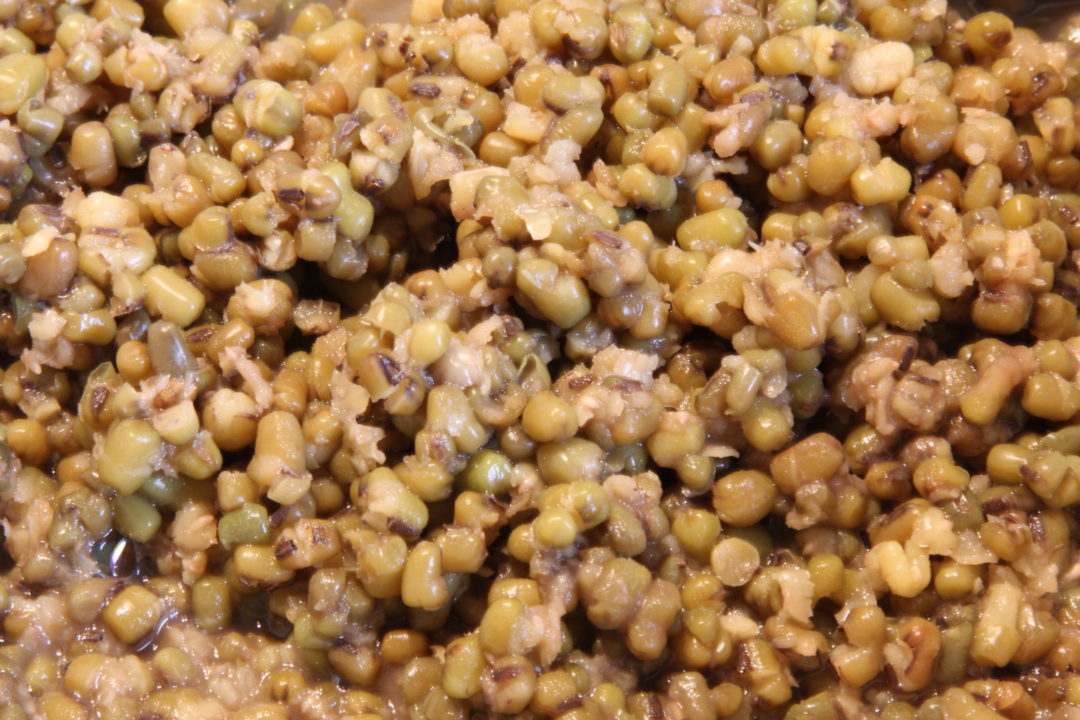
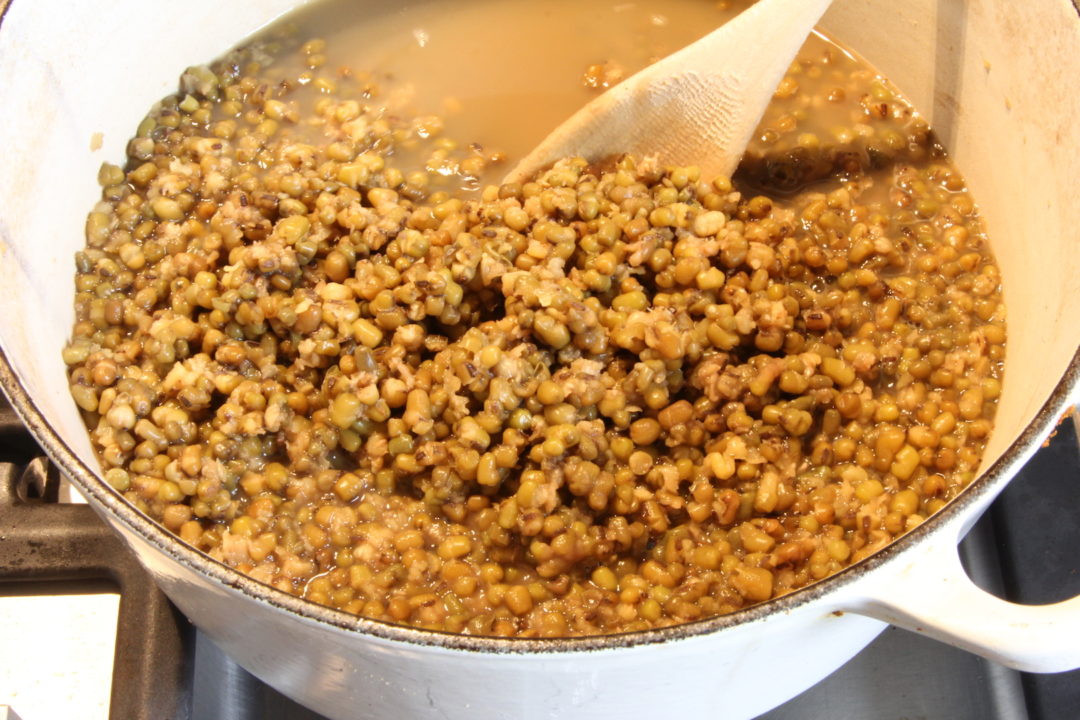
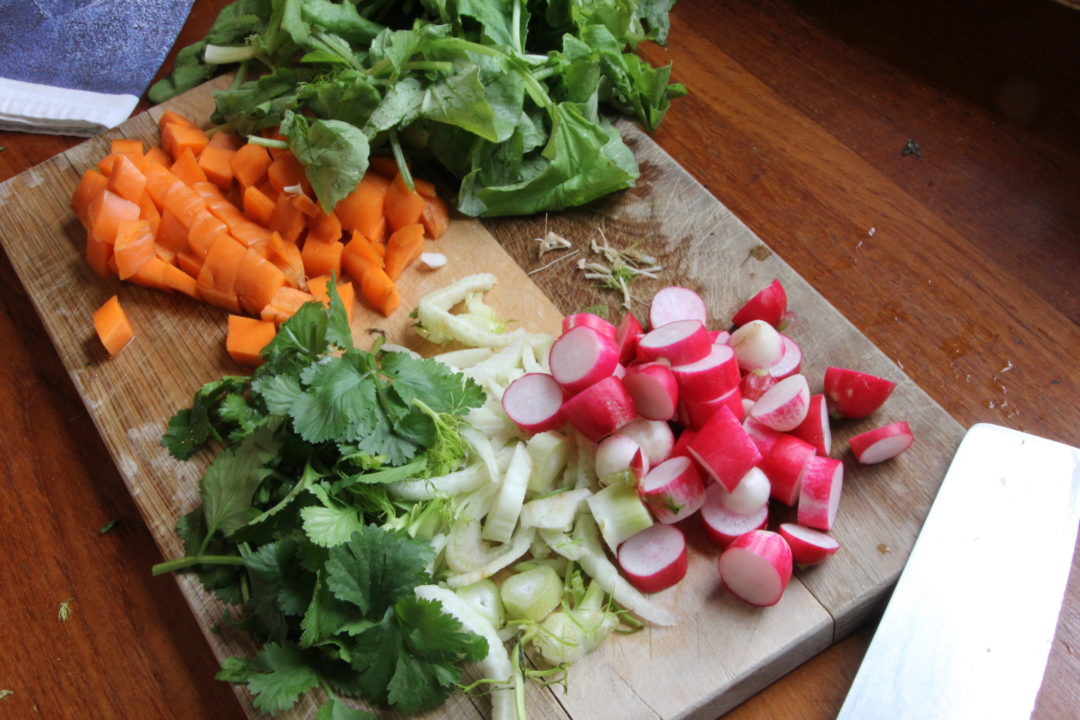
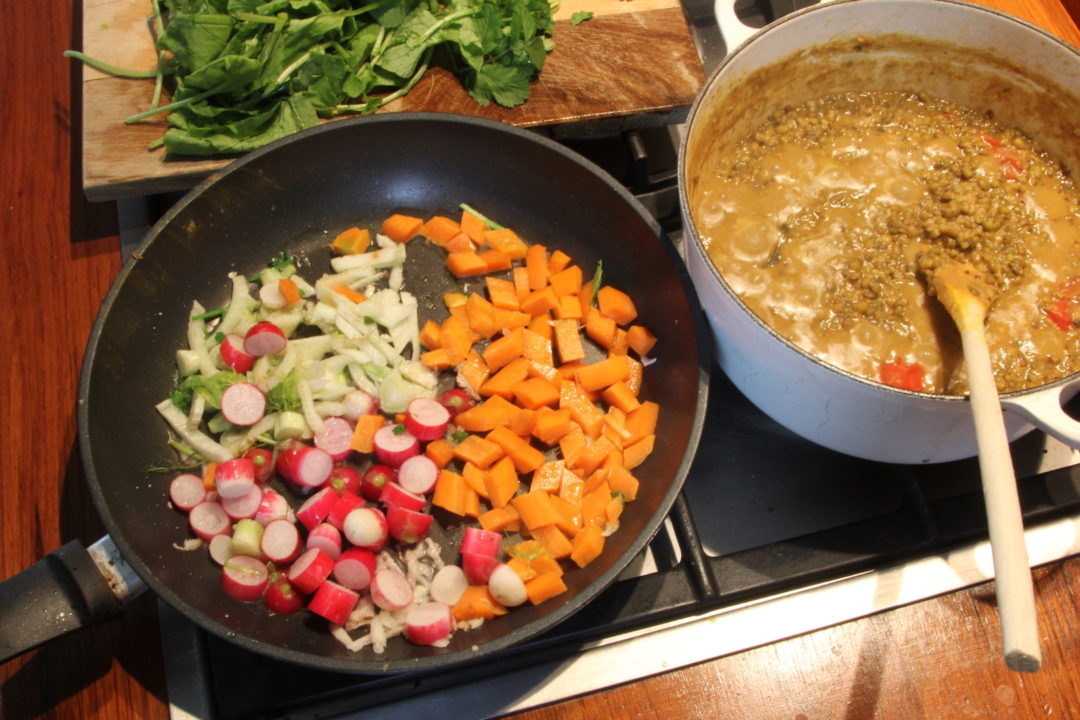


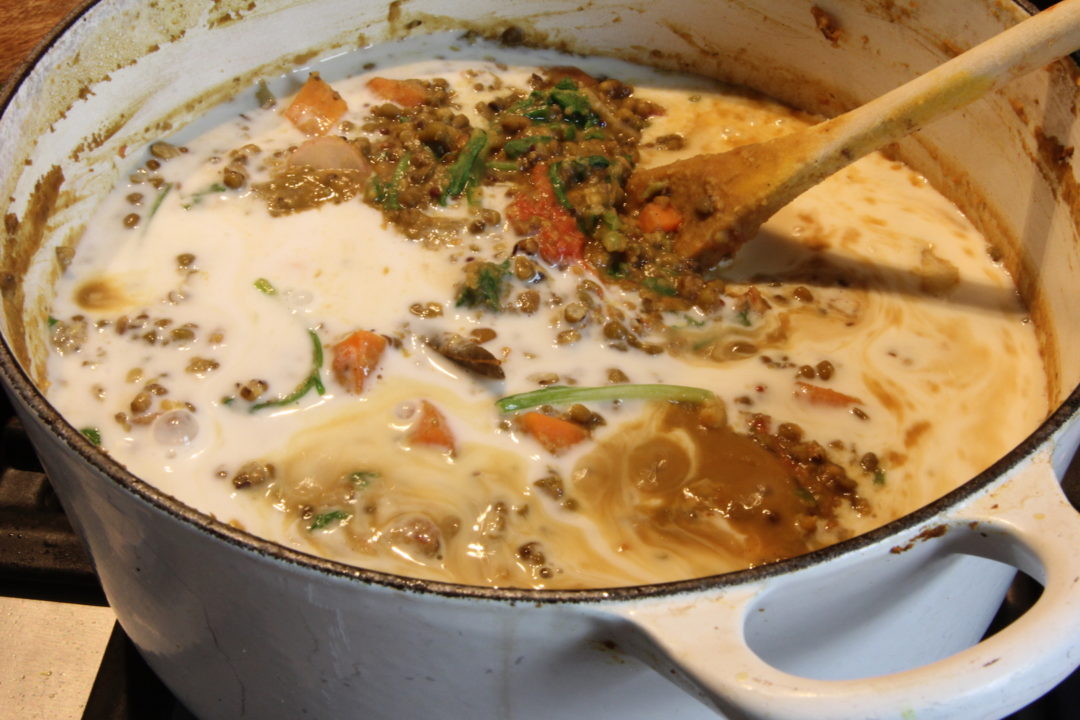


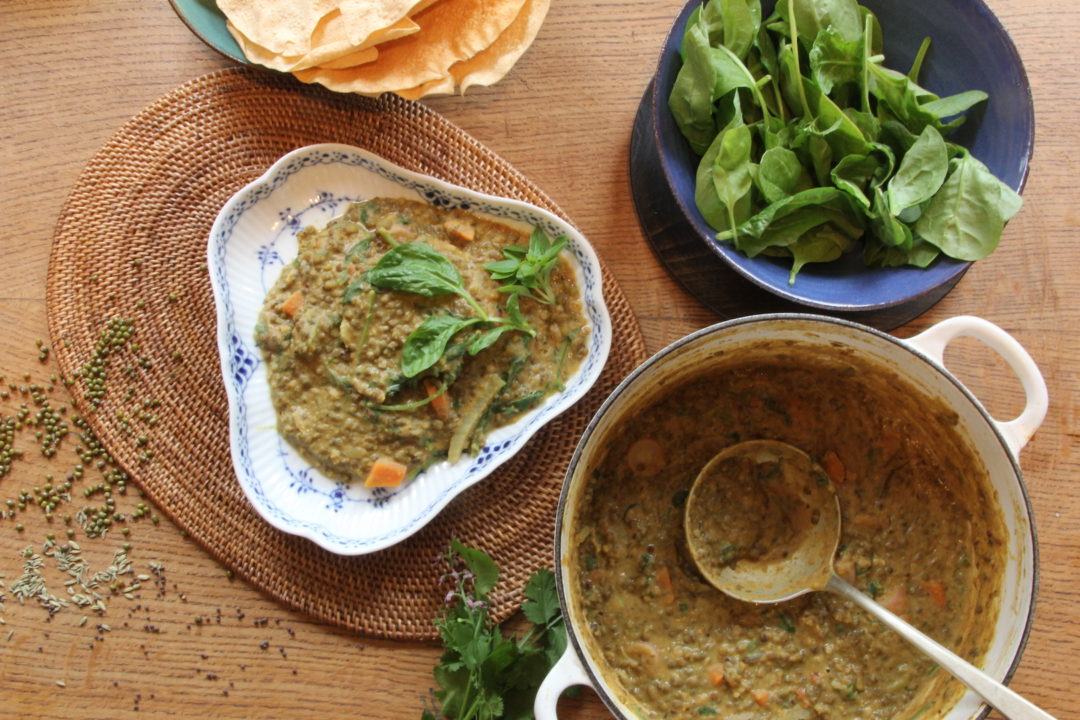
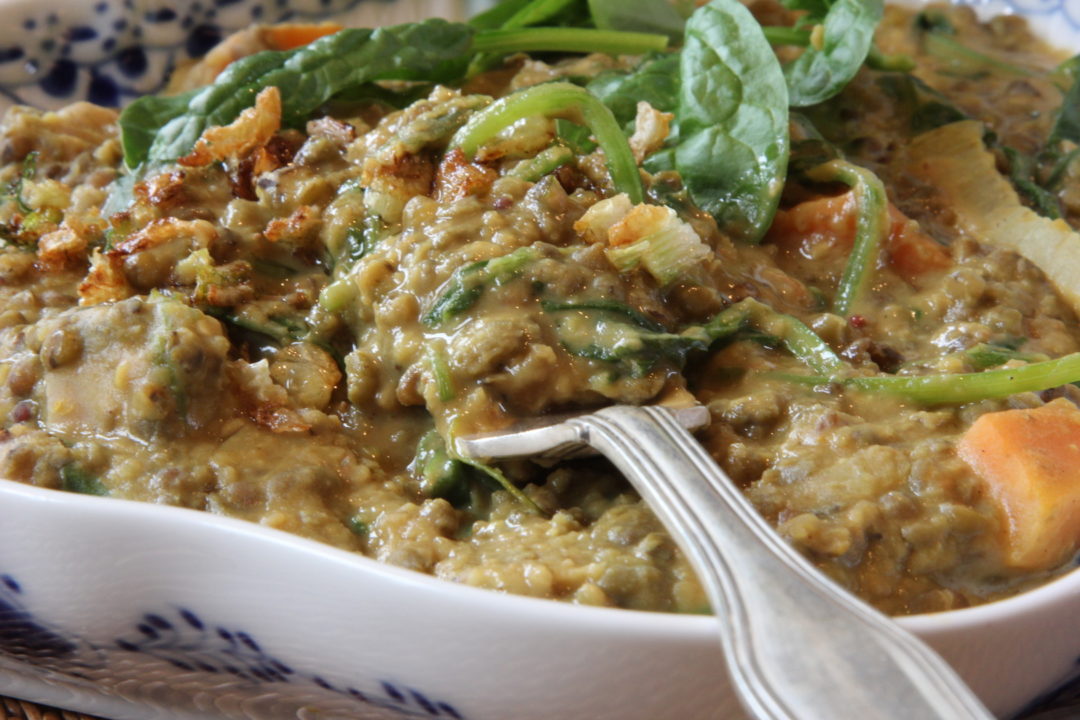
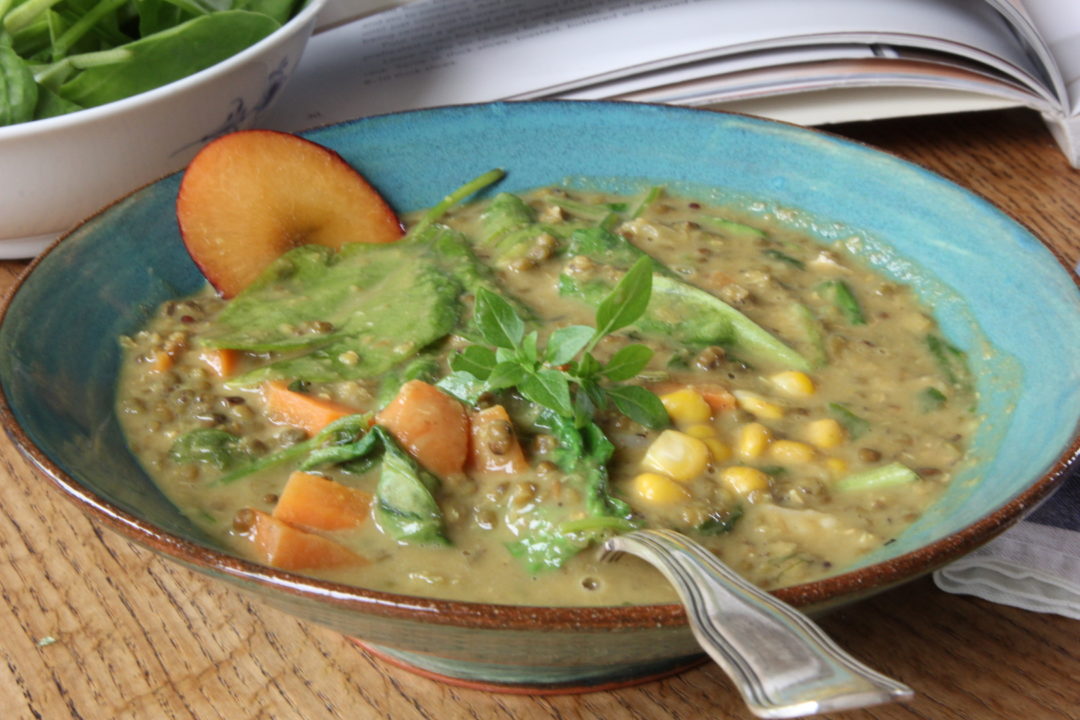
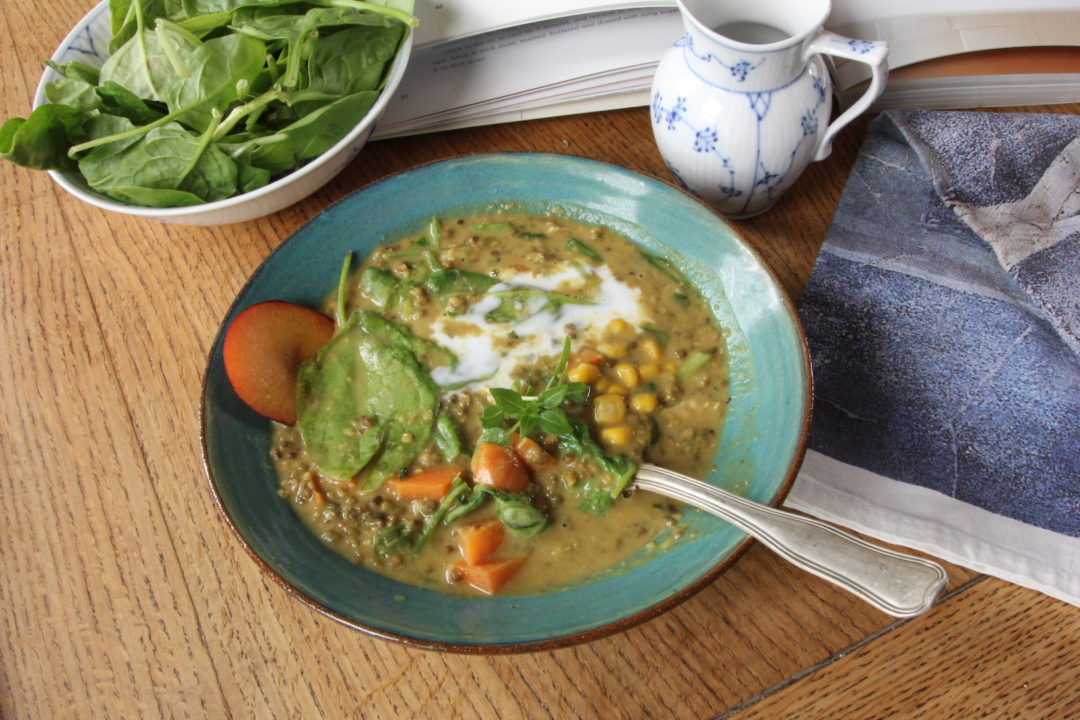

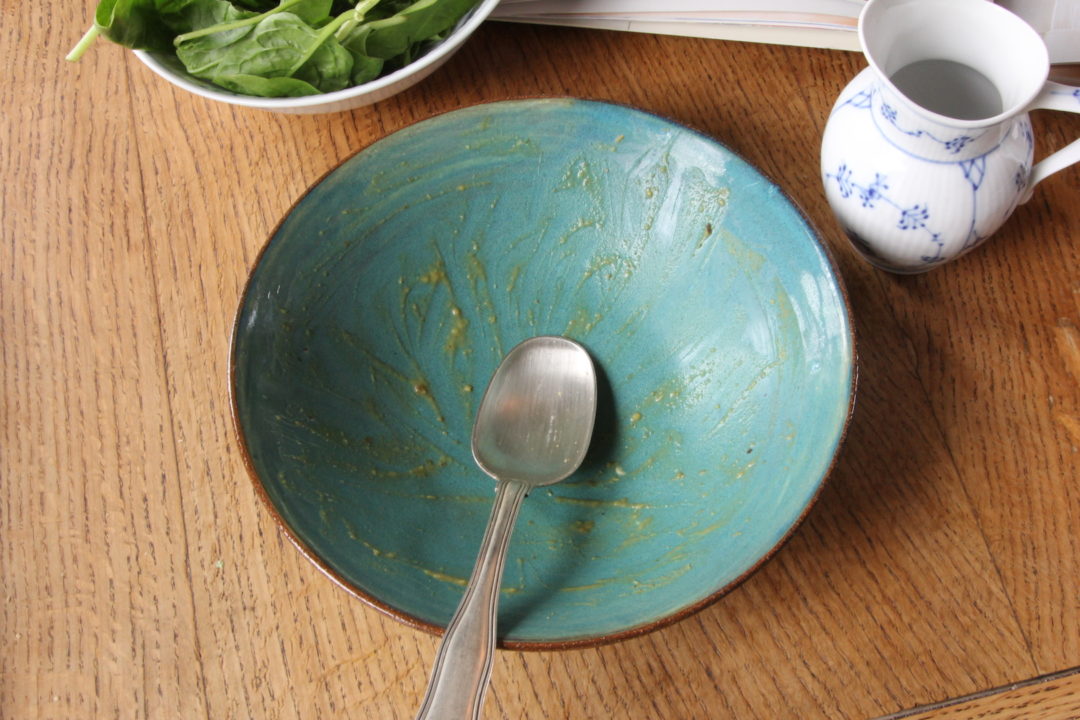
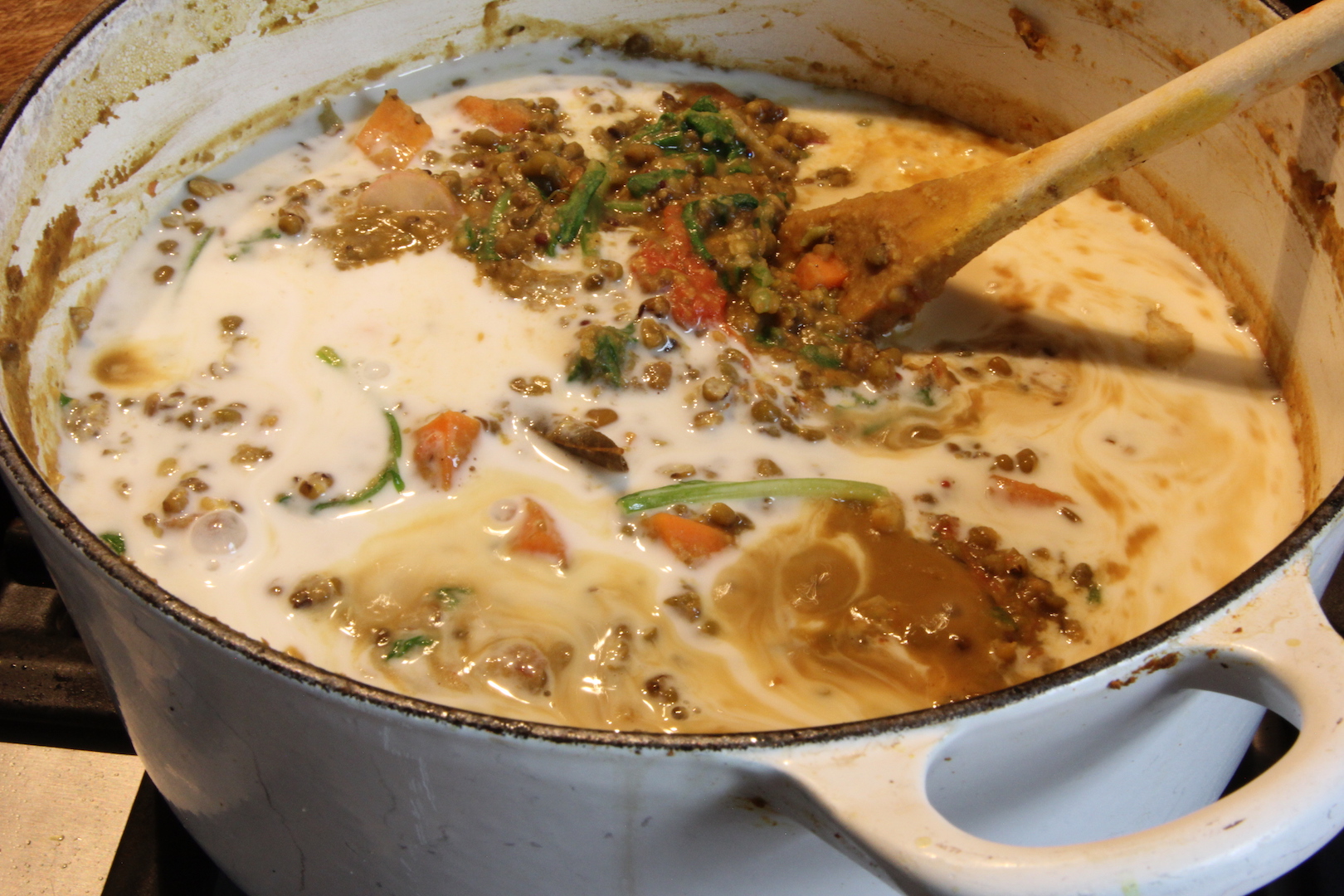
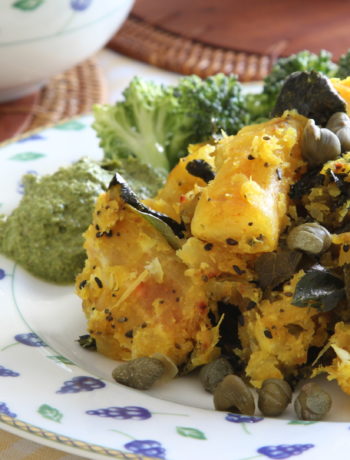
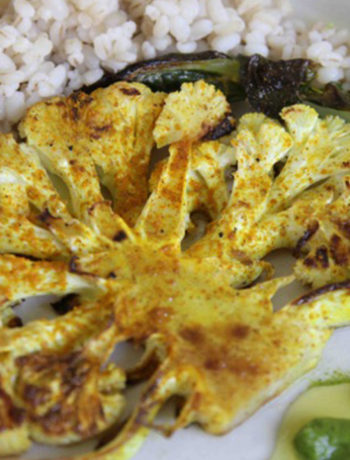

No Comments